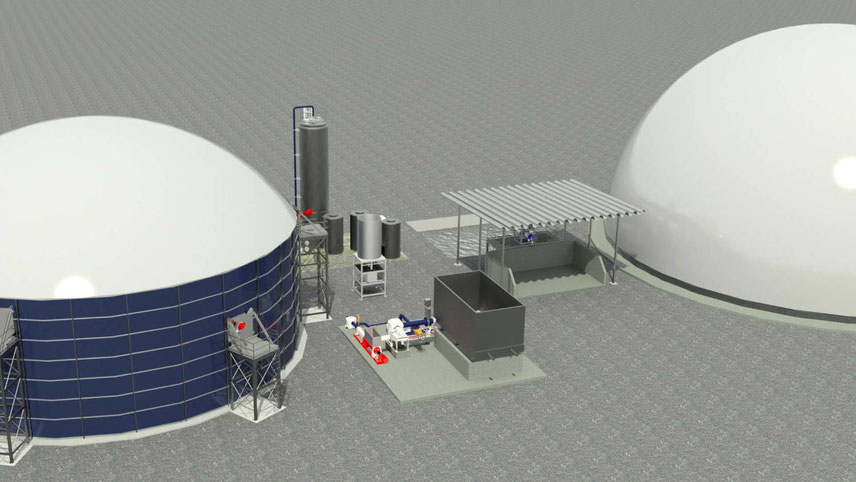The planet needs a Digital Twin.” Abhilasha Purwar and Kshitij Purwar, Founders of Blue Sky Analytics believe that this is a critical part of the solution to climate change. Digital Twin technology is not new – it has been in use by NASA since the 1960s. More recently, it has become a promising trend and has been adopted by large industrial companies. Digital Twin technology enables in-depth analyses by leveraging big-data, IoT and AI to detect potential issues, prevent downtime and test new business opportunities. In the context of climate change, this technology is expected to have a powerful impact on understanding issues, monitoring and building solutions. The core of any Digital Twin technology, however, is the availability of robust data. In the environment and climate space, the Blue Sky team believes the world is still functioning in the “pre-Google age” of environmental data. Most climate models are based on old and static data, even though current and dynamic data is available. For example, it is hard to find real-time and dynamic data sets to draw meaningful insights about water supply in an area - water table, water levels in reservoirs and water quality. The data sets that do exist, are challenging to interpret and therefore unhelpful for critical decision making. There are very few organisations around the world working on this kind of solution, but it has the potential to be both very valuable and deeply impactful as predictive analytics becomes increasingly critical in climate action. This is the big problem that Gurugram-based Blue Sky Analytics is addressing. Blue Sky is building an AI-driven geospatial refinery - a product that accesses multiple and diverse datasets (for example NASA and European Space Agency Satellites and sensors), analyses it, and creates accessible (often visual) insights to enable climate action.
-

Abhilasha Purwar and Kshitij Purwar, Founders of Blue Sky Analytics























